If you spend most of your day seated at a desk, you're not alone. Millions of professionals log hours in front of screens, often paying the price with stiff necks, sore backs, and low energy. But rehab doesn’t have to mean hours at the gym or expensive equipment. This complete rehab checklist is built for real life—designed specifically for desk workers who need practical, time-efficient solutions with minimal gear.
Prolonged sitting leads to muscle imbalances, reduced circulation, and poor posture. Over time, this can result in chronic pain, especially in the neck, shoulders, lower back, and hips. The good news? Small, consistent actions can reverse these effects. This rehab plan focuses on mobility, posture correction, and recovery—all doable during short breaks or after work.
This checklist is designed to fit into your existing schedule. Each task takes 2–5 minutes and requires no special equipment.
Start your day right by aligning your spine before sitting down. Stand tall, feet hip-width apart. Gently roll your shoulders back and down. Tuck your chin slightly to align your head over your spine. Hold for 30 seconds. Repeat twice.
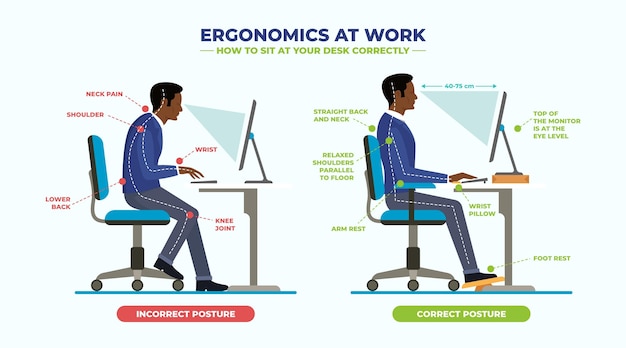
Every 60–90 minutes, pause for a micro-stretch. While seated:
Sitting shortens hip flexors and deactivates glutes. Stand and do:
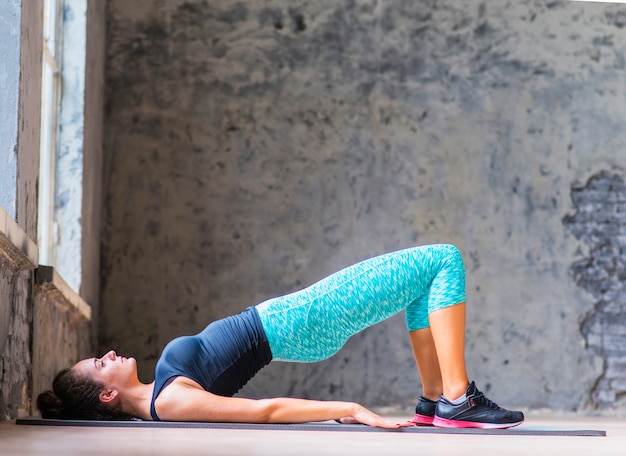
Repetitive typing can strain wrists. Every few hours:
Poor breathing patterns weaken core stability. Practice diaphragmatic breathing:
Undo the day’s tension before bed:
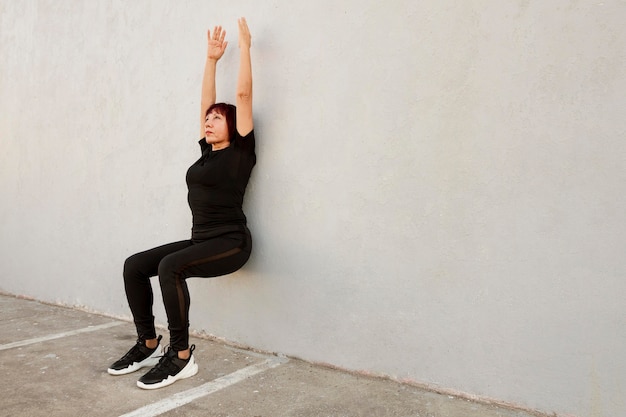
Reflect: How many breaks did you take? Did you feel stiffness in new areas? Adjust your setup—raise your monitor, use a cushion, or try a standing desk for part of the day. Small ergonomic tweaks prevent long-term strain.
You don’t need resistance bands or foam rollers to start. But if you want to upgrade:
These are optional. The real tools are consistency and awareness.
Rehab isn’t about perfection. It’s about showing up daily, even for 2 minutes. Pair your stretches with existing habits—after a meeting, before lunch, or during a coffee break. Over time, these micro-movements build resilience and reduce pain.
Desk work doesn’t have to hurt. With this realistic, science-backed rehab checklist, you can reclaim your body—one small stretch at a time.

Wellness

Wellness

Wellness

Wellness

Health

Wellness

Wellness

Wellness
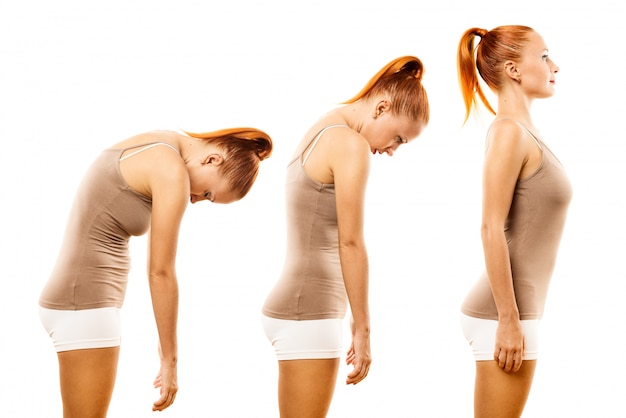
Wellness

Fitness
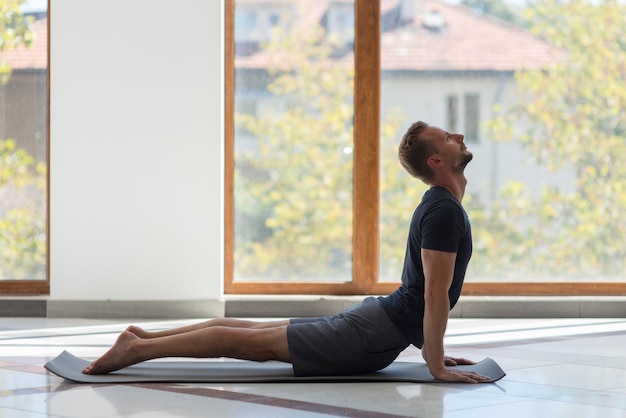
Wellness
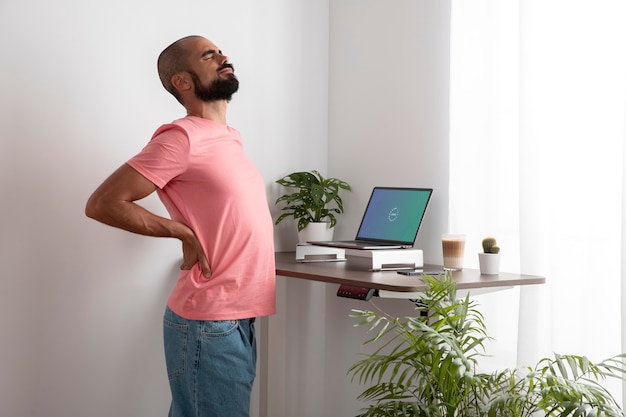
Health

Health

Fitness

Health

Health